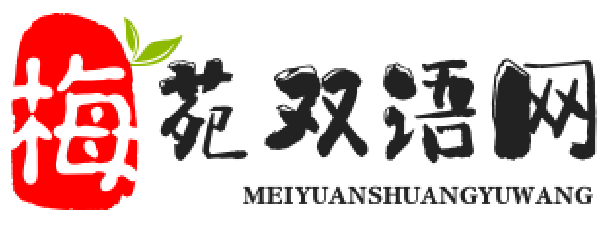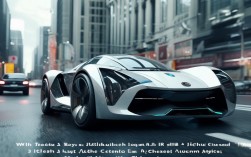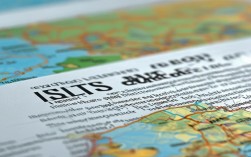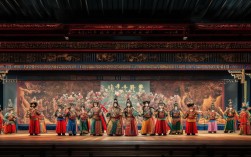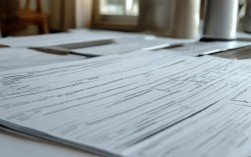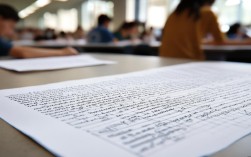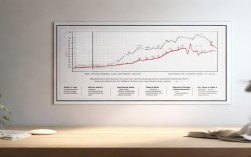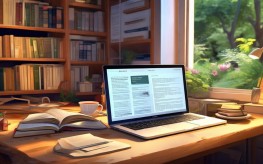初中级水平
这篇作文结构清晰,用词简单,适合英语初学者或初中生水平。 The Problem of Traffic Congestion**
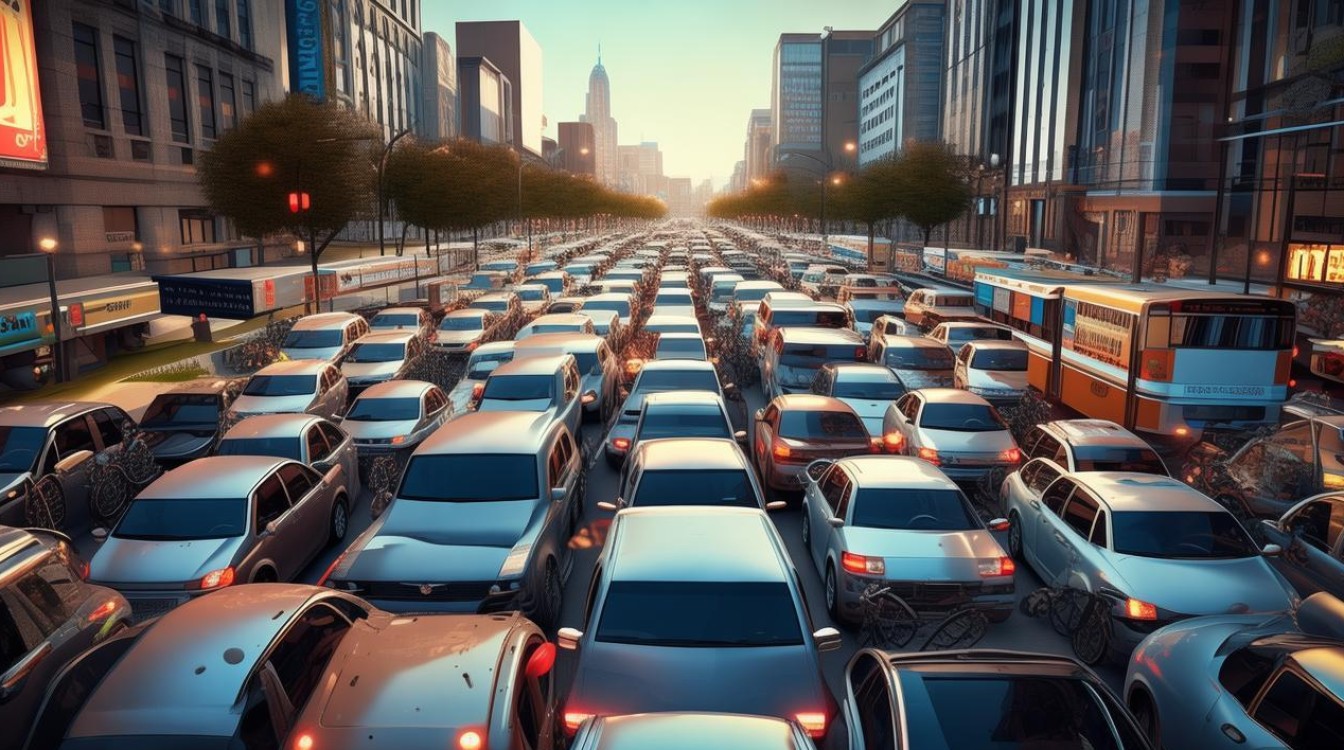
Traffic congestion is a big problem in many cities around the world. It happens when there are too many cars on the road, and they move very slowly or not at all. This is especially common during rush hours in the morning and evening.
There are several reasons for this problem. First, many people prefer to drive their own cars to work or school because it is convenient. Second, public transportation, like buses and subways, is not always good enough. It can be slow, crowded, or not reach every place. As a result, more and more people buy cars, making the roads even more crowded.
The effects of traffic congestion are serious. It wastes a lot of people's time. People get stuck in traffic for hours, which makes them late for work or school. It also causes air pollution because car engines release a lot of harmful gases into the air. This is bad for our health and the environment.
To solve this problem, we need to work together. The government can build more roads and improve public transportation. We should also encourage people to carpool, take the bus, or ride a bike. If we all try to use our cars less, we can reduce traffic jams and make our cities better places to live.
中高级水平
这篇作文使用了更丰富的词汇和更复杂的句式,适合高中生或大学生水平。 Alleviating the Gridlock: Tackling Urban Traffic Congestion**
In the modern era, urban traffic congestion has emerged as one of the most pressing challenges metropolises face daily. Characterized by slow-moving or stationary lines of vehicles, particularly during peak hours, this gridlock not only frustrates commuters but also imposes significant economic and environmental costs on society.
The root causes of this issue are multifaceted. Primarily, the exponential growth in private car ownership is a major contributor. As disposable incomes rise, more individuals opt for the convenience and privacy of driving their own vehicles. Compounding this problem is the often inadequate state of public transportation systems. Infrequent services, overcrowded trains, and limited coverage force many to rely on their cars, creating a vicious cycle of increasing traffic volume.
The consequences of traffic congestion are far-reaching. Economically, it leads to substantial productivity losses as employees waste countless hours in traffic, resulting in late arrivals and decreased work efficiency. Environmentally, the idling vehicles emit excessive amounts of carbon dioxide and other pollutants, deteriorating air quality and contributing to climate change. Furthermore, the constant noise and stress from traffic can negatively impact the overall quality of life for city dwellers.
Addressing this complex dilemma requires a multi-pronged approach. On a governmental level, investing in robust and reliable public infrastructure is paramount. This includes expanding subway networks, increasing bus frequency, and developing dedicated cycling lanes to offer viable alternatives to car travel. Additionally, implementing policies such as congestion charges in city centers can discourage unnecessary car usage. On an individual level, fostering a culture of shared mobility through carpooling and embracing flexible work hours can also play a crucial role in decongesting our roads.
In conclusion, while traffic congestion is a formidable problem, it is not insurmountable. Through a concerted effort from both the government and its citizens, we can pave the way for smoother traffic, cleaner air, and more livable cities for generations to come.
高级水平
这篇作文语言精炼,论证深入,适合英语水平较高或需要参加雅思、托福等考试的学生。 The Arterial Clog: A Critical Analysis of Urban Traffic Congestion**
The relentless pulsation of modern urban life is increasingly being throttled by a critical malady: traffic congestion. This phenomenon, where vehicular flow grinds to a near-halt, particularly during morning and evening peak periods, represents more than a mere inconvenience. It is a complex symptom of deeper urban planning, economic, and behavioral issues, with profound implications for sustainability and public welfare.
The etiology of this congestion is deeply rooted in socio-economic trends. The burgeoning middle class in many developing nations has fueled a surge in private vehicle ownership, viewing the automobile as a symbol of freedom and status. Concurrently, urban sprawl has stretched cities outwards, rendering public transport systems increasingly inefficient for covering expansive distances. This, coupled with a historical underinvestment in mass transit infrastructure, has created a transportation paradigm where the private car is often the only perceived viable option for daily commutes.
The ramifications of this gridlock are both tangible and intangible. On a macroeconomic scale, congestion exacts a heavy toll through lost productivity, wasted fuel, and increased logistical costs for businesses. From a public health perspective, the prolonged exposure to vehicle emissions is a direct contributor to respiratory ailments and other chronic conditions, while the associated noise pollution has been linked to stress and cardiovascular diseases. Socially, the time squandered in traffic erodes leisure time and diminishes the overall quality of urban existence.
Mitigating this arterial clog demands a paradigm shift in urban mobility strategy. It necessitates a move away from car-centric planning towards a multi-modal and integrated transportation ecosystem. This involves a substantial injection of capital into high-capacity public transport systems, such as light rail and metro lines, to provide a fast, efficient, and attractive alternative. Complementary measures, such as congestion pricing, can internalize the external costs of driving, while incentivizing telecommuting and flexible work hours can distribute travel demand more evenly. Ultimately, fostering a cultural shift towards active transport—walking and cycling—and promoting shared mobility solutions like carpooling are essential for long-term success.
In summation, traffic congestion is a wicked problem that defies simple solutions. However, it is a challenge that can be overcome through visionary policy, strategic investment, and a collective commitment to reimagining the very fabric of urban mobility. The goal is not merely to unclog the arteries of our cities, but to build more resilient, sustainable, and humane urban environments for the future.
核心词汇与短语
名词:
- Traffic congestion / Gridlock / Arterial clog: 交通堵塞
- Rush hour / Peak hour: 高峰时段
- Commuter: 通勤者
- Public transportation / Mass transit: 公共交通
- Productivity loss: 生产力损失
- Air pollution / Carbon emissions: 空气污染 / 碳排放
- Infrastructure: 基础设施
- Vicious cycle: 恶性循环
动词:
- To alleviate / To ease / To mitigate: 缓解,减轻
- To tackle / To address / To combat: 处理,应对
- To impose (costs/impact): 施加(成本/影响)
- To contribute to: 导致,促成
- To discourage: 阻止,劝阻
- To foster / To promote: 促进,推动
形容词:
- Pressing / Urgent: 紧迫的
- Inadequate / Insufficient: 不充分的,不足的
- Far-reaching / Profound: 深远的
- Robust / Reliable: 强大的,可靠的
- Viable / Feasible: 可行的
- Exponential / Burgeoning: 指数级增长的,激增的
短语:
- A multi-pronged approach: 多管齐下的方法
- On a governmental level / On an individual level: 在政府层面 / 在个人层面
- To pave the way for...: 为……铺平道路
- A concerted effort: 一致的努力
- To rely on: 依赖
- To opt for: 选择
- In conclusion / In summation: 总而言之
希望这些不同层次的范文和词汇对您有帮助!
